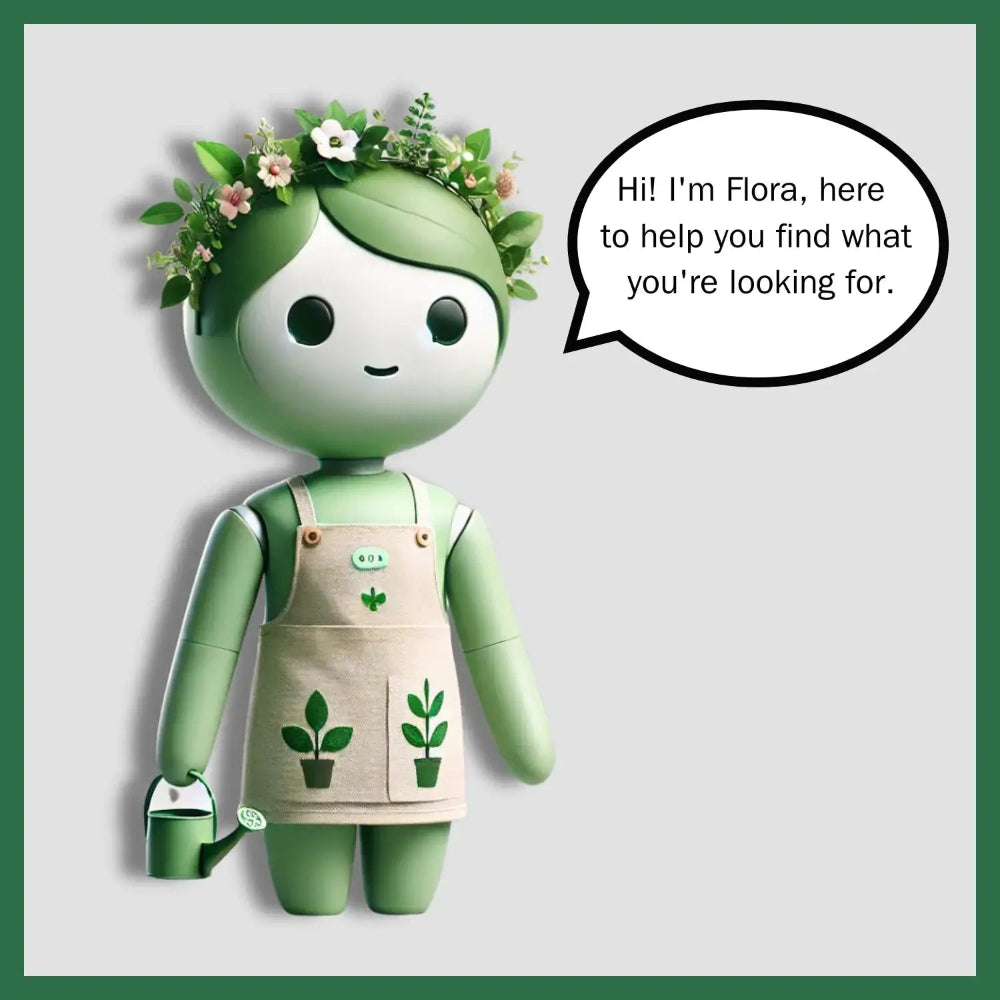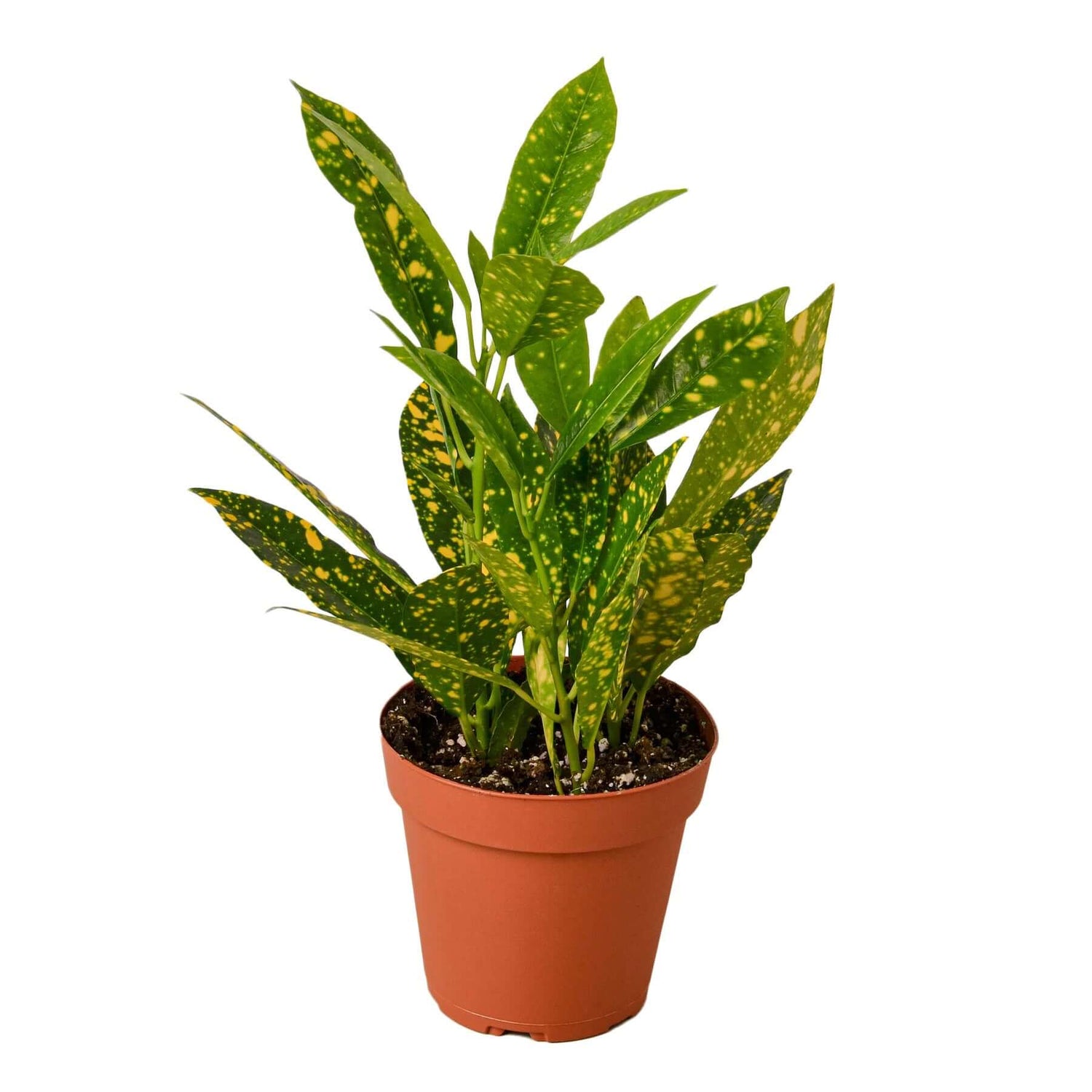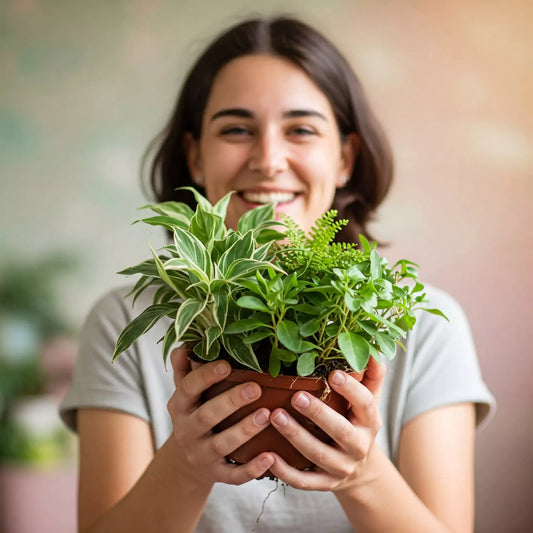Welcome to 'All About Planties'! 🌿 As much as we love our indoor plants, it's essential to ensure that they are safe for our furry friends. Many common houseplants can be toxic to dogs, causing a range of health issues. Here's a guide to houseplants that are toxic to dogs and safer alternatives you can consider.
Common Houseplants Toxic to Dogs
1. Sago Palm (Cycas revoluta)
Description: The Sago Palm is a popular decorative plant known for its feathery foliage. However, all parts of this plant are highly toxic to dogs, especially the seeds.
Symptoms of Toxicity:
- Vomiting
- Diarrhea
- Seizures
- Liver failure
Pro Tip: Avoid this plant if you have pets. Check out our Pet-Safe Plant Collection for safer alternatives.
2. Aloe Vera
Description: Aloe Vera is often kept for its medicinal properties, but it can be harmful to dogs if ingested.
Symptoms of Toxicity:
- Vomiting
- Diarrhea
- Tremors
- Lethargy
Pro Tip: Consider pet-safe succulents like Haworthia instead.
3. Philodendron
Description: Philodendrons are popular for their attractive foliage, but they contain calcium oxalate crystals, which are toxic to dogs.
Symptoms of Toxicity:
- Oral irritation
- Swelling of the mouth, tongue, and lips
- Drooling
- Difficulty swallowing
Pro Tip: Opt for safer plants like the Spider Plant. Check it out here.
4. Dieffenbachia (Dumb Cane)
Description: Dieffenbachia, also known as Dumb Cane, is known for its large, patterned leaves. It can cause severe oral irritation and swelling in dogs.
Symptoms of Toxicity:
- Oral irritation
- Drooling
- Vomiting
- Difficulty swallowing
Pro Tip: Replace with non-toxic plants like the Parlor Palm.
5. Pothos (Epipremnum aureum)
Description: Pothos, also known as Devil’s Ivy, is a hardy plant but contains insoluble calcium oxalates that are toxic to dogs.
Symptoms of Toxicity:
- Oral irritation
- Vomiting
- Swelling of the mouth, tongue, and lips
- Drooling
Pro Tip: Try the Fern Lemon Botton instead, which is safe for pets. Explore our Fern Collection.
Safer Alternatives for Dog Owners
1. Spider Plant (Chlorophytum comosum). Check it out here.
- Non-toxic to dogs
- Easy to care for
- Great air purifier
2. Bird's Nest Fern 'Emina'. Check it out here.
- Non-toxic to dogs
- Thrives in indirect light
- Adds lush greenery to any space
3. Parlor Palm (Chamaedorea elegans). Check it out here.
- Non-toxic to dogs
- Prefers low to medium light
- Elegant and easy to grow
4. Peperomia. Check it out here.
- Non-toxic to dogs
- Small and easy to care
- Perfect for small spaces
5. Calathea. Check it out here.
- Non-toxic to dogs
- Known for its striking foliage
- Prefers indirect light and high humidity
FAQs on Toxic Houseplants
Q: What should I do if my dog ingests a toxic plant? A: Contact your veterinarian immediately or call the ASPCA Animal Poison Control Center at (888) 426-4435. Provide them with information about the plant and the symptoms your dog is experiencing.
Q: Are there any common signs that my dog has ingested a toxic plant? A: Common signs include vomiting, diarrhea, drooling, difficulty swallowing, and changes in behavior. If you notice any of these symptoms, seek veterinary care immediately.
Q: Can I still keep my favorite plants if they are toxic to dogs? A: If you must keep toxic plants, ensure they are placed out of your dog’s reach. Consider hanging baskets or high shelves. However, the safest option is to replace toxic plants with pet-friendly alternatives.
Final Thoughts
Ensuring your indoor plants are safe for your pets is essential for their well-being. By choosing non-toxic plants, you can create a beautiful and safe environment for both your plants and your furry friends. For more plant care tips and a wide selection of pet-friendly plants, visit our shop and join our community at 'All About Planties'.
Happy planting! 🌱

Related Products
- Pet-Safe Plant Collection: A curated selection of plants that are safe for dogs.













